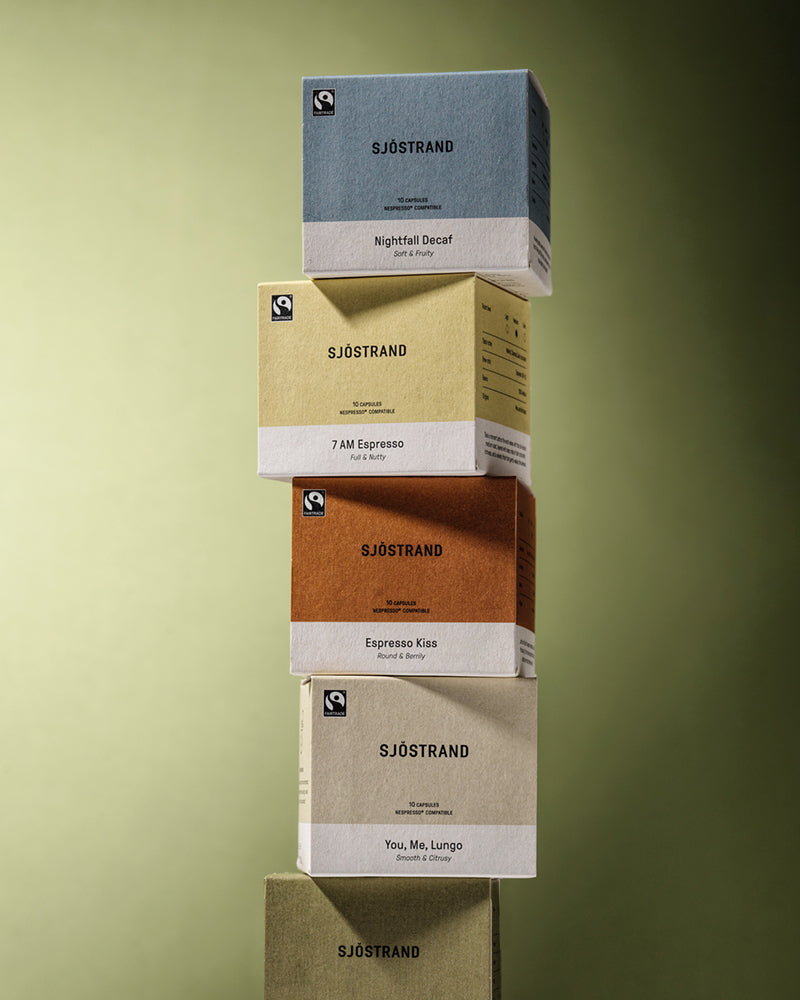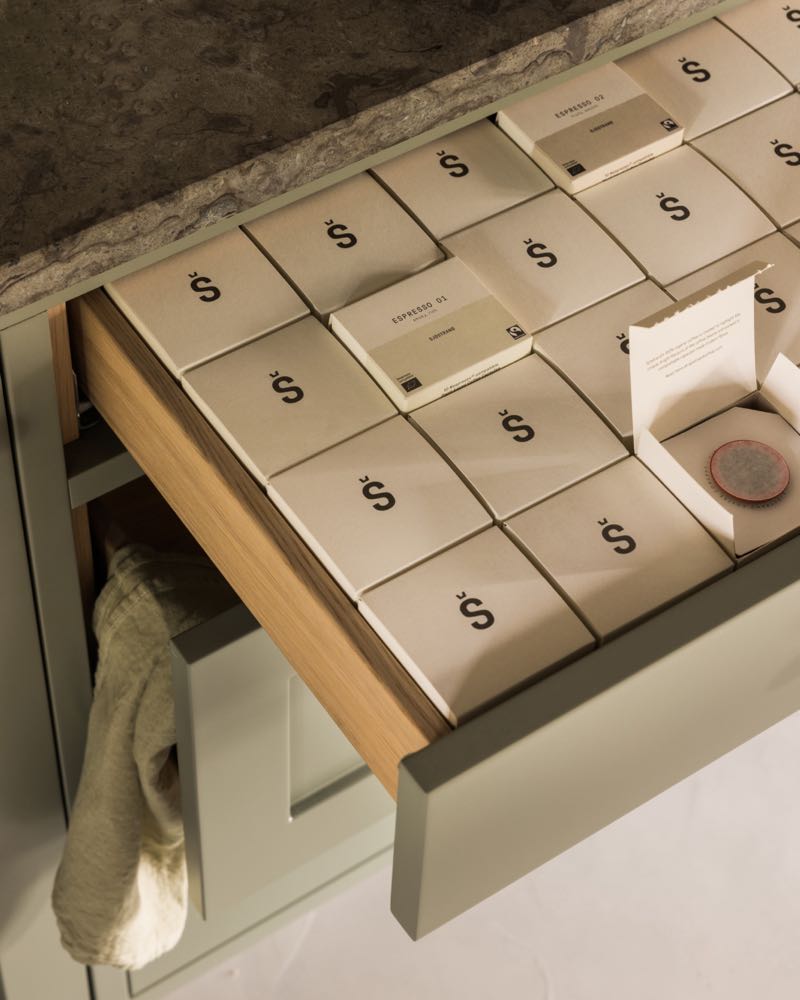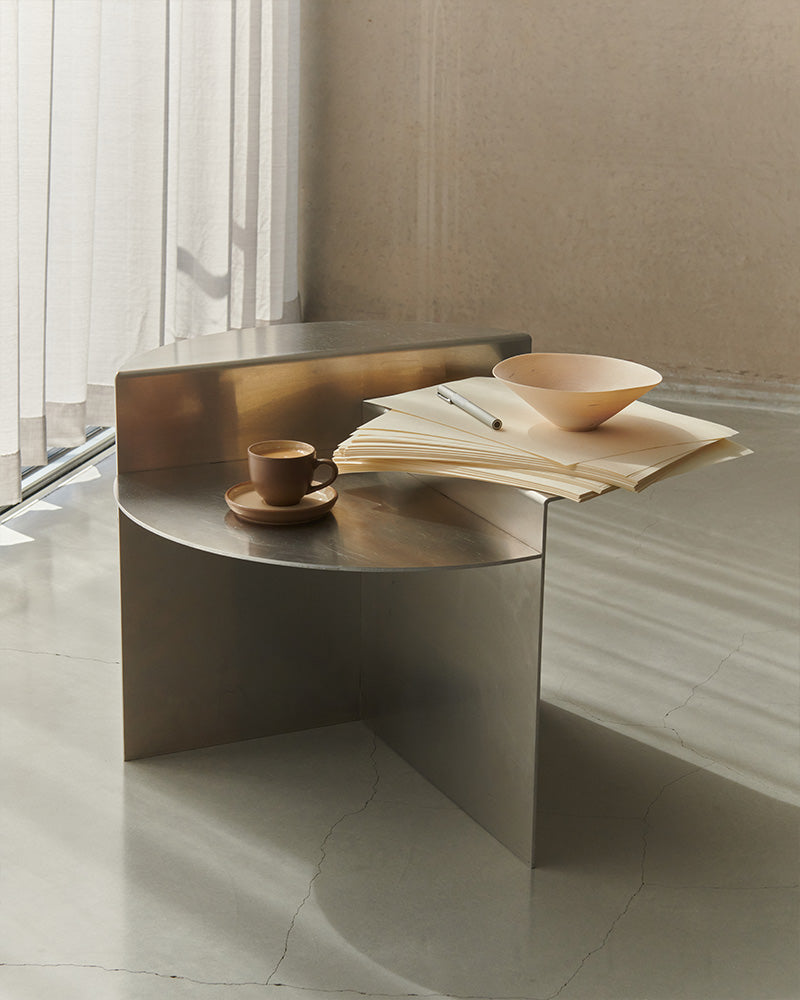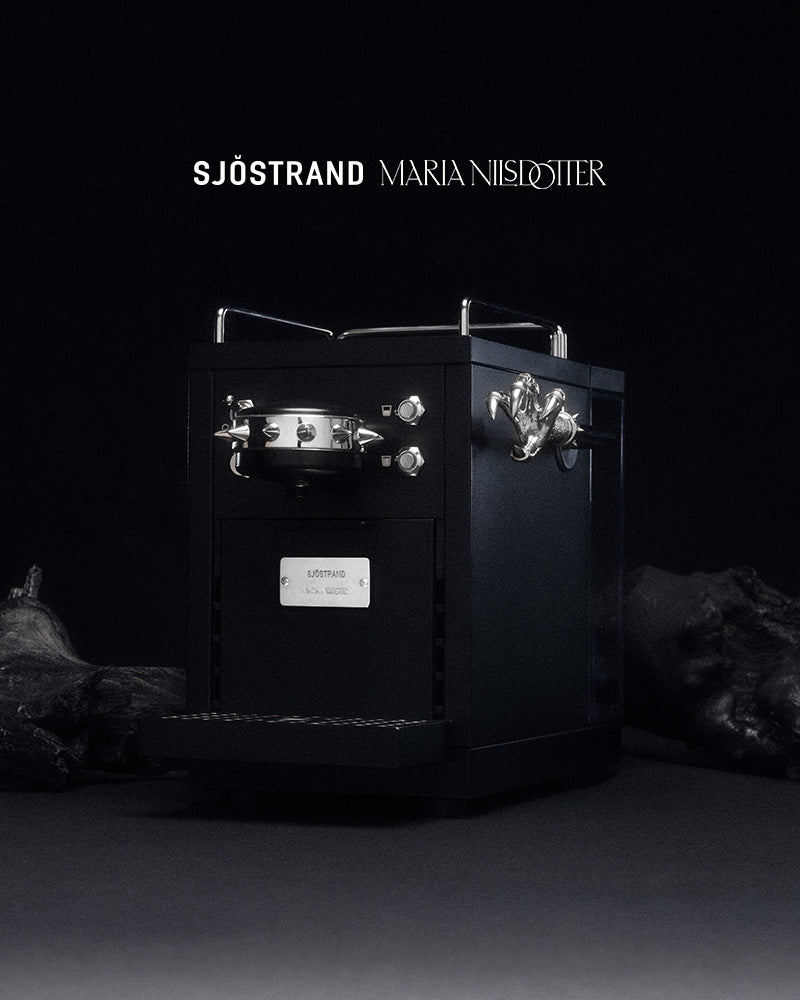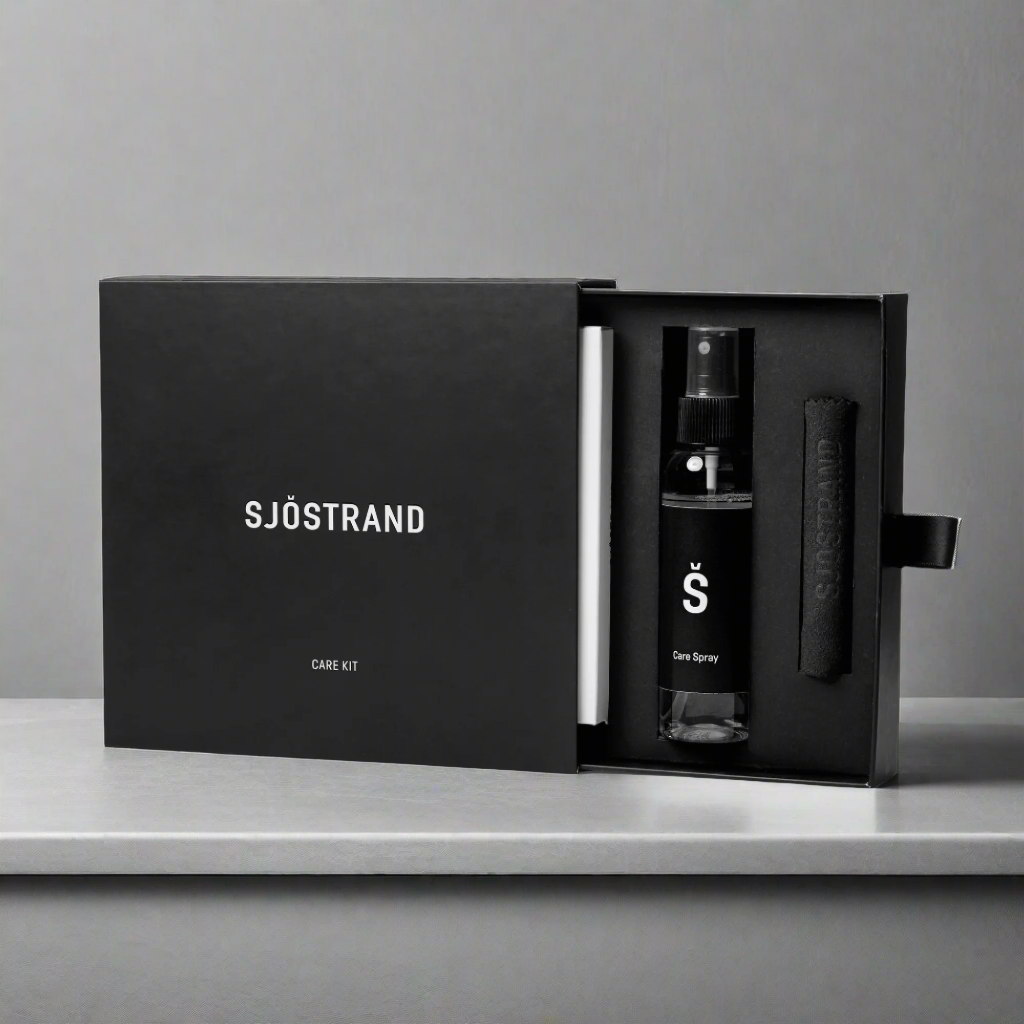How often should i descale my machine?
Even if you brew just one cup per day, don’t wait more than 2–3 months between descalings if you have medium or hard water – scale forms over time, not just per usage and at a certain degree it is too late to get the pipes freed without opening up the machine and mechanically remove the scale. Below you find some guidelines. Here you can learn more about your local water condition.
| Water Hardness (°dH) | Water Type | Descaling Interval | Approx. Servings |
|---|---|---|---|
| 0–3 | Very soft | Every 6 months | ~400 |
| 4–7 | Soft | Every 4–5 months | ~300 |
| 8–14 | Medium | Every 2–3 months | ~150–200 |
| 15–21 | Hard | Every 1.5–2 months | ~100–150 |
| 22+ | Very hard | Every 4–6 weeks | ~60–100 |


